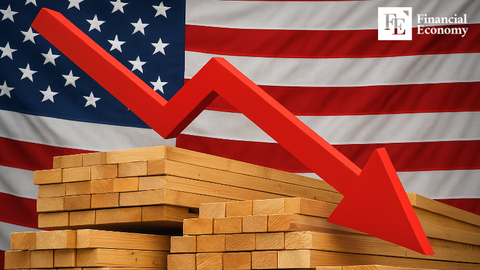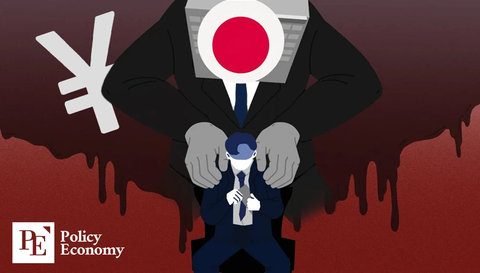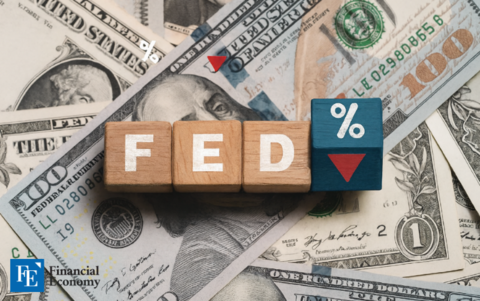Soaring U.S. Treasury Yields Amid Market Uncertainty — Has the 'Safe-Haven' Status Been Lost?
Input
Changed
U.S. Treasury Yields Rising Across Both Short- and Long-Term Bonds Trump’s Tax Cuts and U.S. Credit Rating Downgrade Among Key Factors ECB: 'Sell-off in U.S. Treasuries Unusual Amid Market Stress'
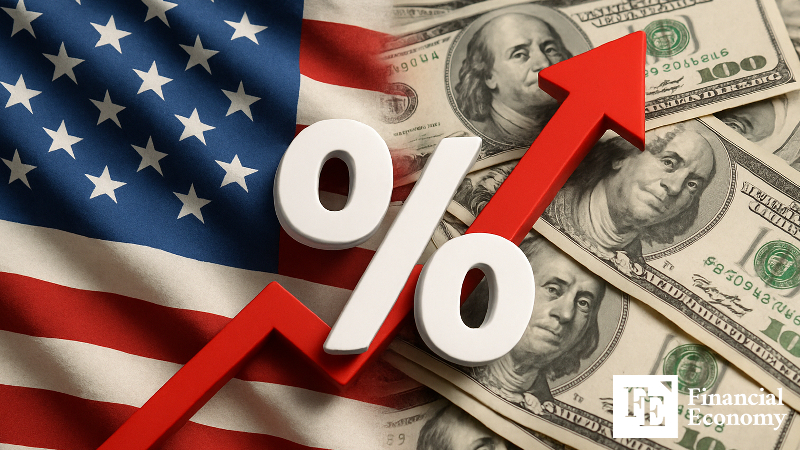
U.S. Treasury yields are skyrocketing. A series of negative developments—including tax cut policies from the Trump administration and a downgrade of the U.S. sovereign credit rating—have amplified market concerns over America’s growing fiscal deficit. Once regarded as the quintessential "safe asset," U.S. Treasuries are now being shunned by investors even amid economic downturn fears, with capital increasingly flowing into alternative investment destinations such as the Eurozone.
U.S. Treasuries Being Shunned
On the 21st (local time), the U.S. Department of the Treasury issued USD 16 billion in new 20-year bonds. Although this was a routine auction to secure government funding, growing uncertainty around U.S. economic policy drew greater-than-usual investor attention.
The average yield on the newly issued bonds was 5.047%, well above the 4.613% average of the past six auctions—and even 0.011 percentage points higher than the market rate just prior to the auction. Following the auction, the yield on 20-year bonds spiked to 5.103%, the highest level this year. The yield on 30-year bonds also rose to 5.09%, while the 10-year yield surpassed 4.6%, and the 2-year rose above 4%.
Such yield increases are generally seen as negative signals in capital markets. Higher bond yields raise borrowing costs for households and businesses, heightening the risk of an economic slowdown. Indeed, all three major U.S. stock indices posted their worst daily performance in a month on the news. The Dow Jones fell 1.91%, the S&P 500 dropped 1.61%, and the Nasdaq Composite declined 1.41%.
Mounting Concerns Over U.S. Fiscal Deficits
Markets attribute the sell-off in U.S. Treasuries partly to new tax legislation being pushed by the Trump administration. President Trump is pressuring Republican hardliners to pass a tax cut bill, which includes extensions to the Tax Cuts and Jobs Act (TCJA) from his first term, as well as exemptions on tips and overtime wages. Dubbed the “One Beautiful Bill” (or "mega bill"), it is currently progressing through the House under Speaker Mike Johnson.
According to the U.S. Joint Committee on Taxation, the bill could increase the federal deficit by more than USD 2.5 trillion over the next decade.
The downgrade of the U.S. credit rating may also be affecting bond demand. On November 16, Moody’s downgraded the U.S. sovereign credit rating from Aaa to Aa1, citing ballooning federal debt and chronic deficits. Data from the U.S. Treasury and Congressional Budget Office (CBO) shows that federal debt now exceeds USD 36.2 trillion—up 59% from USD 22.7 trillion in 2019, before the COVID-19 pandemic. The debt-to-GDP ratio rose from 107% in 2019 to 123% last year.
Future projections are equally grim. Moody’s warned that “continued fiscal deficits and rising interest rates will accelerate government borrowing,” adding that “none of the budget plans currently under debate in Congress seem capable of meaningfully correcting the fiscal imbalance.” The agency also dismissed Trump’s tariff policies as ineffective for improving the nation’s fiscal health, especially since tariffs account for less than 2% of total U.S. tax revenue.
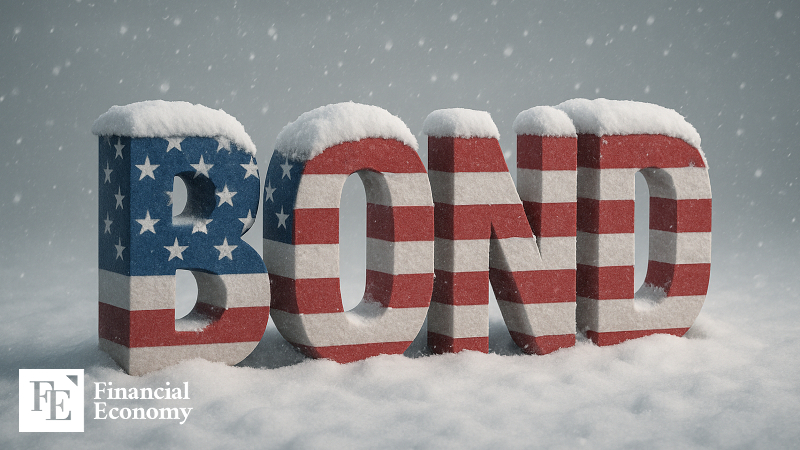
A Shift in Market Behavior?
These mounting risks have fundamentally shaken investor confidence in U.S. Treasuries. Traditionally viewed as riskless assets with minimal default risk, U.S. government bonds are a go-to refuge in times of uncertainty. It’s typical for Treasury prices to rise (and yields to fall) during economic downturns, as investors flee to safety.
One market analyst noted, “In times of recession, Treasury prices usually rise, causing yields to fall. The current rise in yields suggests a shift in perception—investors no longer see Treasuries as unquestionably safe.”
Global financial institutions have voiced concern. In its Financial Stability Review published on the 21st, the European Central Bank (ECB) pointed out, “Last month’s market sell-off was notable for breaking traditional asset correlations. Capital has flowed into Eurozone bonds, while U.S. Treasuries have faced sell-offs—an unusual pattern during times of market stress.”
The ECB added, “Investors appear to be demanding a higher risk premium for U.S. assets due to policy uncertainty. The decline in the perceived value of U.S. safe-haven assets reflects a broader reassessment of U.S. investment risks.” The ECB also linked the continued strength of the euro this year to declining confidence in U.S. policies. Despite higher U.S. interest rates and a widening yield gap between the U.S. and the Eurozone, the euro has appreciated, rising from near parity following Trump’s election to about USD USD 1.15 recently.

